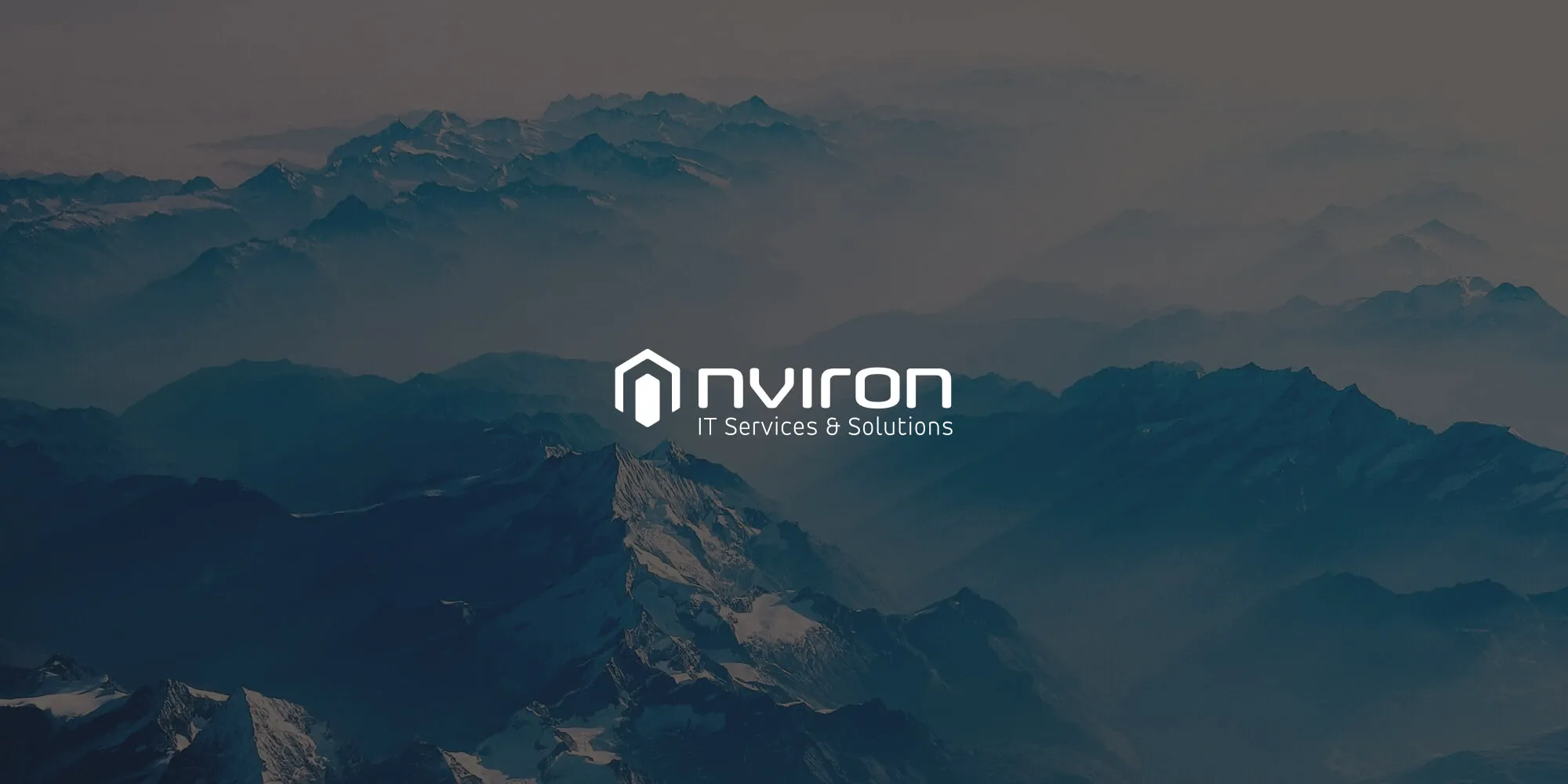Nviron streamlines workflows and simplifies compliance
Table of contents

As you may have already read in our blog post, Converting Formotus mobile forms to PDF using the PDF converter for SharePoint, Formotus is one of the third party products Microsoft's InfoPath team recommend as a replacement, in light of InfoPath’s formal retirement back in 2014. As converting InfoPath forms to PDF via our PDF Converter for SharePoint On-Premise (either on-premise or online) has always been a popular use case, converting Formotus forms to PDF using our software is also becoming increasingly popular.
The following case study is with our consulting partner, Nviron(opens in a new tab), who is already seeing success introducing the combination of Formotus and our PDF Converter for SharePoint to their clients in SharePoint projects. In this case, we’ll be focusing on their projects with Havmain, a building services contractor firm in the south of England, and Semperian(opens in a new tab), a PPP (public–private partnership) investment firm based in London.
In April 2016 we spoke with Howard Kelly, SharePoint Specialist at Nviron, about these successful projects.
Muhimbi: Hi Howard, thanks for taking some time to chat with us today. Can you tell us a bit about Nviron and your clients, Havmain and Semperian?
HOWARD: At Nviron we create end-to-end solutions in SharePoint, most often building our solutions with integrations from available best-of-breed tools. You could say this is in contrast to some of our competitors that try to code solutions end-to-end in SharePoint. While available tools indeed cost money, generally coding the functionality that an existing tool provides, in our opinion, is an attempt at running up the hours and bill on a project. We especially like to purchase products from companies that have well-supported products / great support teams so we leave our clients in very capable hands once our labor/project is concluded. Muhimbi is one of those tool companies with a well-supported tool / great support team.
Muhimbi: Can you tell me about the challenges your clients were facing that lead to you working with them (and recommending Formotus and Mumimbi’s PDF Converter for SharePoint)?
HOWARD: Both Havmain and Semperian have in common that a number of their team members are out in the field, so to speak, capturing different forms of data for reports, estimates, and approvals. They both already had SharePoint installed when we started working with them, and their pain-point was very much the same; that uploading the Word docs, Excel spreadsheets, photographs, sometimes even hand-written notes into SharePoint to consolidate and complete their necessary reports was time-consuming, laborious, and error-prone by virtue of being time-consuming and laborious. A Semperian teammate, for instance, might have 100 photos on his/her phone from projects they needed to manually move from their phone, into SharePoint via the laptop they also had out in the field, and then link individual photos to related Word Docs or Excel sheets, iteratively. Havmain teammates run performance tests on boilers or other pieces of equipment via iPad, report findings, along with schedules of maintenance, etc. When you’re dealing with aspects of construction and building maintenance, mistakes or accidents can be lethal, if not very expensive to fix, so capturing and maintaining data like service requests and reports is critical. After collecting the data in the field, the employee understandably wanted to move on to their next appointment, not spend another hour (or more) on digital paperwork.
Muhimbi: Presumably, this is where Formotus comes in?
HOWARD: Absolutely. Going back to my comment regarding the preference for best-of-breed tools as preference when available, Formotus also fits in this category and has become the field tool du jour. Team members at both companies now use Formotus / InfoPath via iPads / tablets. Formotus is not just like having a triplicate book in the field, except digitally, it can also serve as task management. If there is a missing field or error in a form someone is filling out, a notification or message will be sent in real-time. Using Formotus as a standard, unified form and method for capturing data on iPad or tablet has greatly reduced the stress and errors of creating these reports.
The Formotus forms are the raw versions of what these reports will eventually become in these projects. We’ve introduced a new workflow where - after a form is filled out - the system converts the Formotus form / InfoPath views to PDF using Muhimbi’s PDF Converter for SharePoint On-Premise.
Muhimbi: How did Muhimbi’s PDF Converter for SharePoint On-Premise make its way into this project?
HOWARD: We’ve recommended Muhimbi’s PDF Converter for SharePoint On-Premise in the past so we are well-familiar with it and thus, it was top of mind. Some of the specific features that have been useful for this project have been the ability to email the converted pdf (even though we prefer to send SharePoint URLs, it’s still an important feature to have), and advanced features like splitting, merging and watermarking. We watermark almost every converted Formotus form and for varying reasons have merged a few together before converting. One can merge all the related forms thematically; all the forms from the same city or project type, etc.
Muhimbi: Why convert to PDF at all though? Why not just introduce Formotus forms and use them?
HOWARD: Formotus forms are incredibly versatile and useful in the data capturing phase as a template, but we believe a final document needs to be in PDF format. It’s the most-secure and most-trusted document type, especially for folks out in the field. Because of the aforementioned features, we wanted to add Muhimbi’s functionality to the “last mile” of this new workflow.
Muhimbi: To re-cap, what benefits do end-users get out of this new workflow involving Formotus and our PDF Converter for SharePoint?
HOWARD: The team members out in the field mainly benefit from Formotus; using it as a standard method of capturing data on an iPad or tablet is far less time-consuming, stressful, or error-prone than the previous “every man for himself” method of capturing data however one prefers and later having to compile said data into a standard form. Fewer errors on important reports and fewer stressed-out employees also benefit the organization as a whole as well. Management, and the organization at large, benefits from having those forms (in some cases merged together), water-marked, and ultimately converted to PDFs via the Muhimbi PDF Converter for SharePoint. Having secure, stable records is important to an enterprise in myriad of ways, although I’m sure everyone certainly knows that!
Muhimbi: Final question- would you recommend the combination of Formotus and Muhimbi’s PDF Converter for SharePoint On-Premise again?
HOWARD: Right now we are literally in the midst of a project where we’ve already recommended both, and I’m sure there will be more projects in the future in which we’ll recommend both again!
Muhimbi: Thanks Howard!







